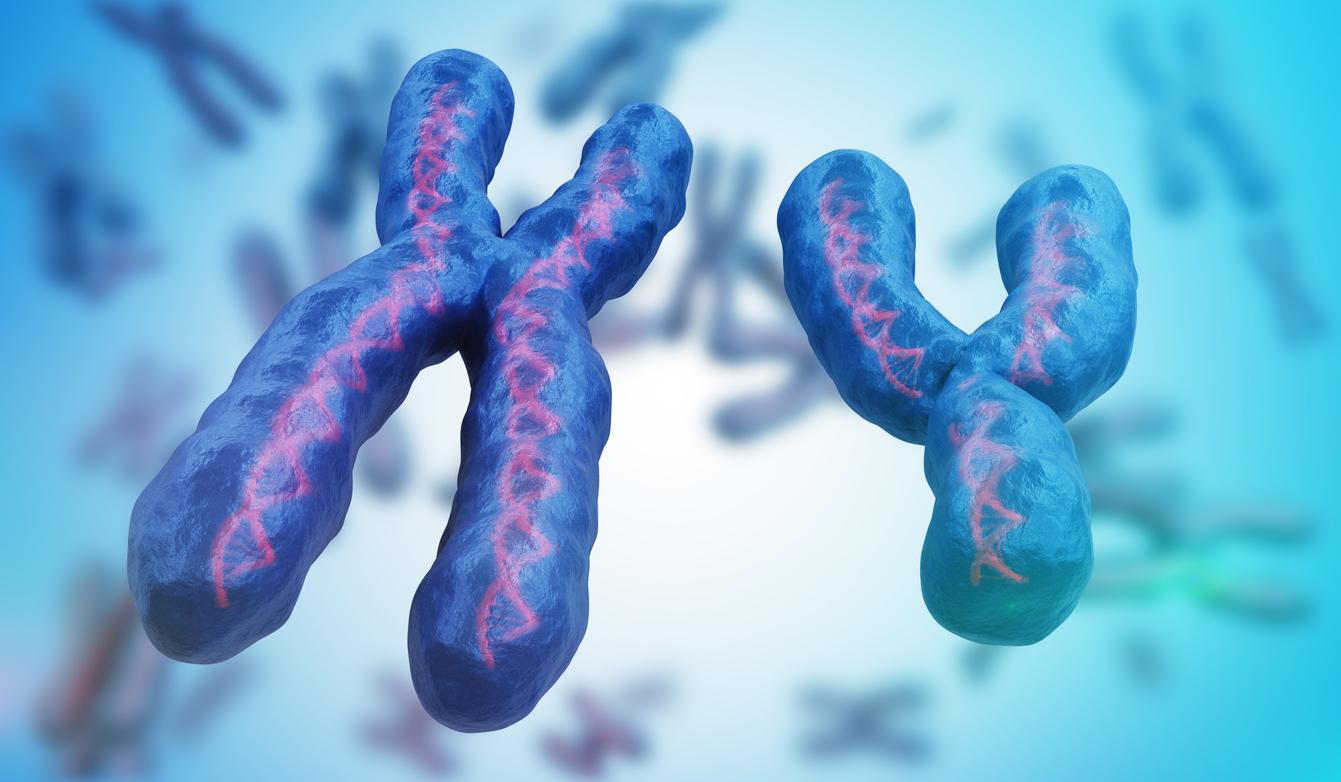
Autism is increasingly being diagnosed in people over 50. Not because it happens more often than before, but because there is more attention for it. How do you recognize it and what is the benefit of a diagnosis?
In the Netherlands there are an estimated 85,000 people over the age of 50 with some form of autism. Supposedly, more than half of them never received the correct diagnosis. How come? Two thirds of people with autism is normal to gifted. Because they can generally adapt (reasonably) well to their environment, the disorder often remains undiscovered in this group in particular.
Excess of incentives
But the tide is turning. More and more attention is being paid to autism in adults. “In the 1990s, the list of characteristics that may indicate autism was expanded,” says Annelies Spek, clinical psychologist and researcher at GGZ Eindhoven, who specializes in autism in adults. “That makes it easier for practitioners to recognize the condition. Another thing is that our society is becoming increasingly crowded and demanding. Open-plan offices, multitasking, networking: they provide an excess of incentives, so that people with autism drop out sooner and seek help more quickly than back in the days.”
social feelers
People with autism find it difficult to interact with others, because they find it difficult to empathize with the feelings and expectations of others. They lack the social feelers that tell you how you naturally interact with each other. As a result, they can sometimes be blunt. Patients describe it as “a lack of connection” with other people.
As a result, they feel like a stranger (and very lonely). Moreover, people with autism take language very literally. As a result, they miss an underlying message or do not understand a joke. A lack of imagination also means that in theory they often know exactly how something should be done, but that they do not succeed in practice. And in some forms of autism there is also stereotypical or rigid behaviour, for example difficulty with changes or having to put everything in a fixed place.
Short circuit
“We don’t yet know exactly how the disorder works and what the cause is,” says Annelies Spek. “It is certain that people with autism process words, images and sounds in a different way than others. Filtering information does not work well, as well as separating main and side issues. The result is chaos in the head, a kind of short circuit. Often it leads to worrying – people with autism think a lot. Some react angrily or even aggressively. Others turn inward and cut themselves off from the outside world. In all cases it is difficult to deal with, for the people with autism itself and for their loved ones.”
hereditary
Autism is hereditary: it runs in the family in 80 to 90 percent of patients. And it’s four times more common in men than women. Why is unknown. “If you don’t know that your partner has autism, it can be difficult to understand him or her,” continues Spek. “What you take for granted – for example that you comfort each other when you are sad – is not so for him or her at all. That detachment is not ill will, he or she simply does not know any better. But it often leads to quarrels and alienation between partners.”
Unique talents
Even if they do manage to work in the family or at work, people with autism usually have a hard time. They often feel lonely and misunderstood, and are regularly plagued by guilt and insecurity. After all, they never meet the expectations of the environment and are always ‘different’, although they themselves do not understand why. Fear, depression and overload (burnout) are the result: 40 to 50 percent of people with autism suffer from this.
“Fortunately, autism is not all doom and gloom,” said Spek. “People with autism often have unique talents. One in twenty has perfect pitch, compared to one in ten thousand people without autism. Beautiful drawing, sharp analysis and good programming are also common among autists.”
Less guilt
“Autism in adults has long been neglected in psychology and psychiatry,” says Hilde Geurts, neuropsychologist and professor of autism at the University of Amsterdam and affiliated with Dr. Leo Kannerhuis (centre for autism). “There was never a diagnosis and treatment guideline for adults. It will be introduced in the course of 2012. Initially intended for psychiatrists, psychologists and psychiatric nurses, but hopefully general practitioners and company doctors will also use it.”
Spek and Geurts advise people who may suffer from autism to go to a specialized mental health institution. Experienced psychologists and psychiatrists then conduct various conversations with the person in question and at least one person from his or her close environment. On the basis of this, they determine whether there is autism or not.
Three variants
There are three variants: classic autism, Asperger’s syndrome and PDD-NOS. Asperger is most common in adults. “The accents are slightly different with the three varieties,” explains Geurts. “In practice, however, the difference does not matter much. For the treatment, for example, it does not matter which variant you have. Much more important is how serious the complaints are, and how much they bother you.”
Wrong diagnosis
People over the age of 50 who report to such a specialized institution have often already sounded the alarm elsewhere and then received a different diagnosis, such as an anxiety disorder or depression. “Those diagnoses are not necessarily wrong,” emphasizes Geurts. “But if there is also autism, the treatment of only those other complaints usually has little effect.”
Recognize pitfalls
Treatment mainly consists of learning to deal with the problems associated with autism in a different way. A psychologist can help with this. Support is also possible for the family, for example in the form of couples therapy.
Sources):
- Plus Magazine
















